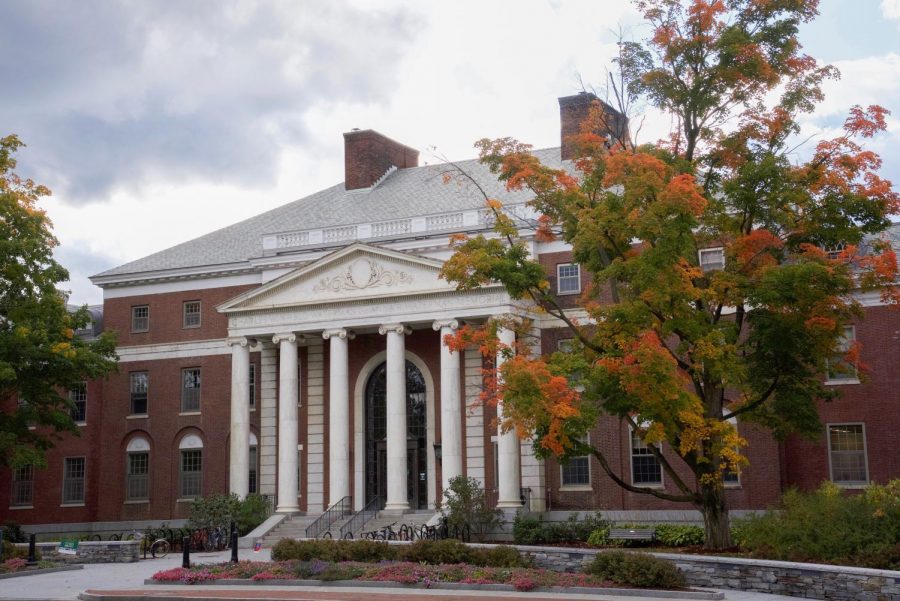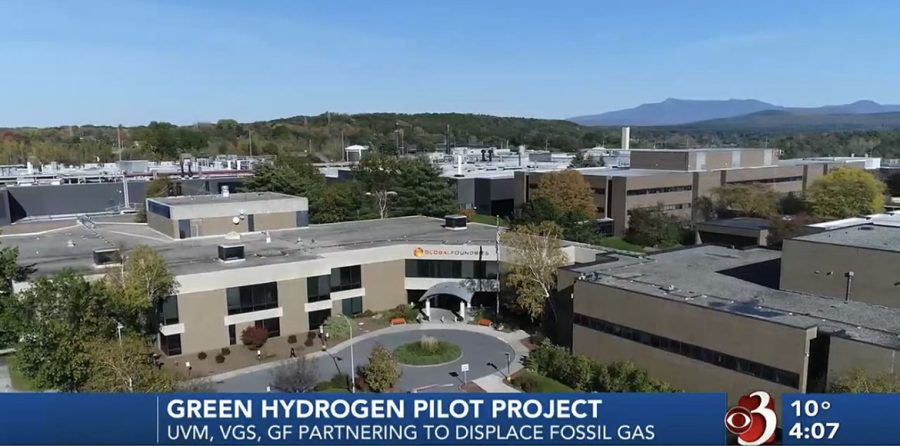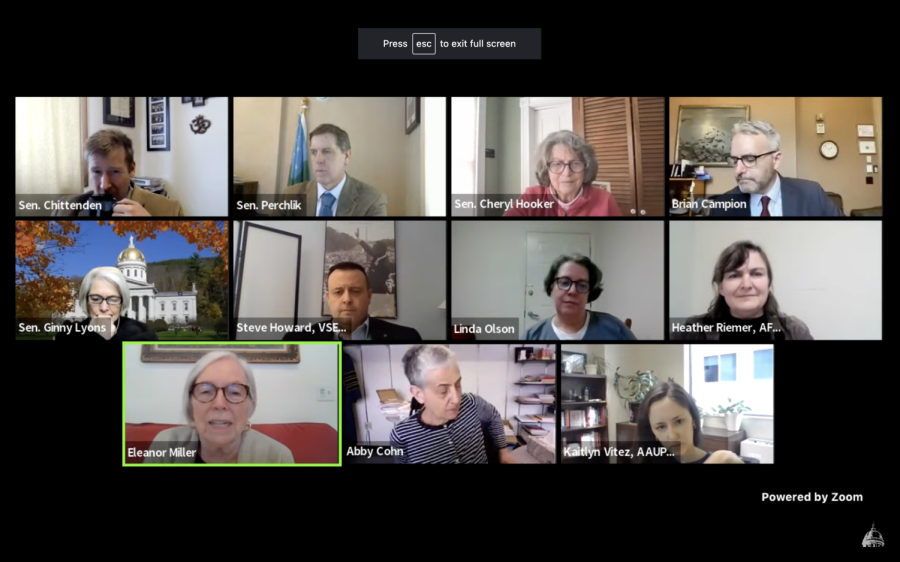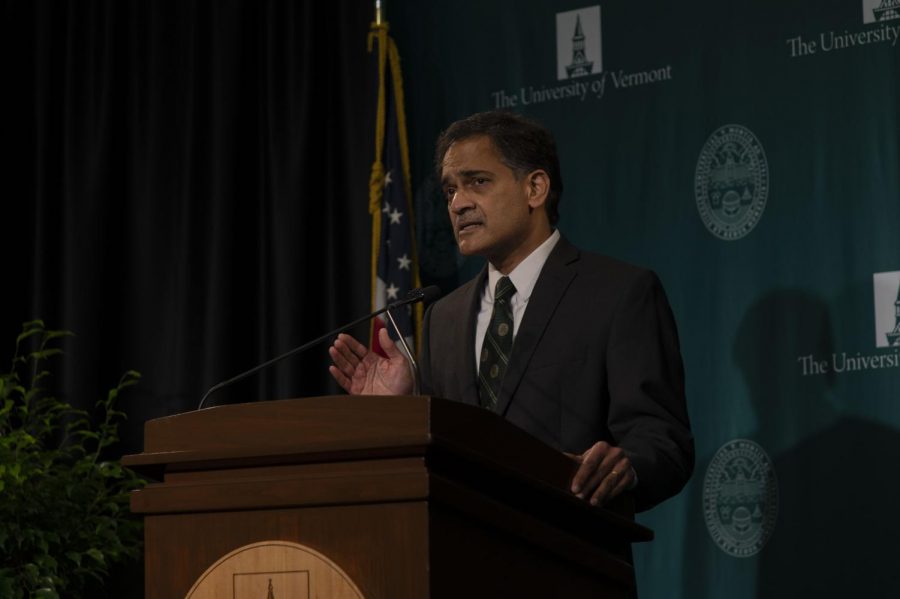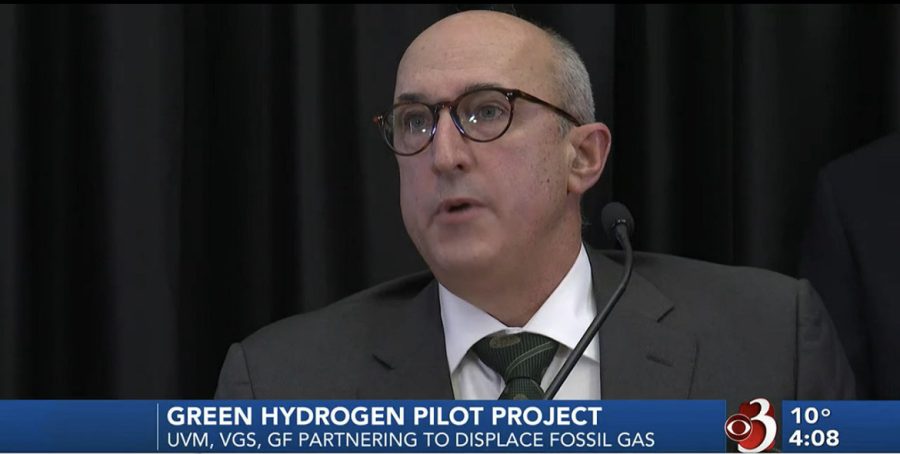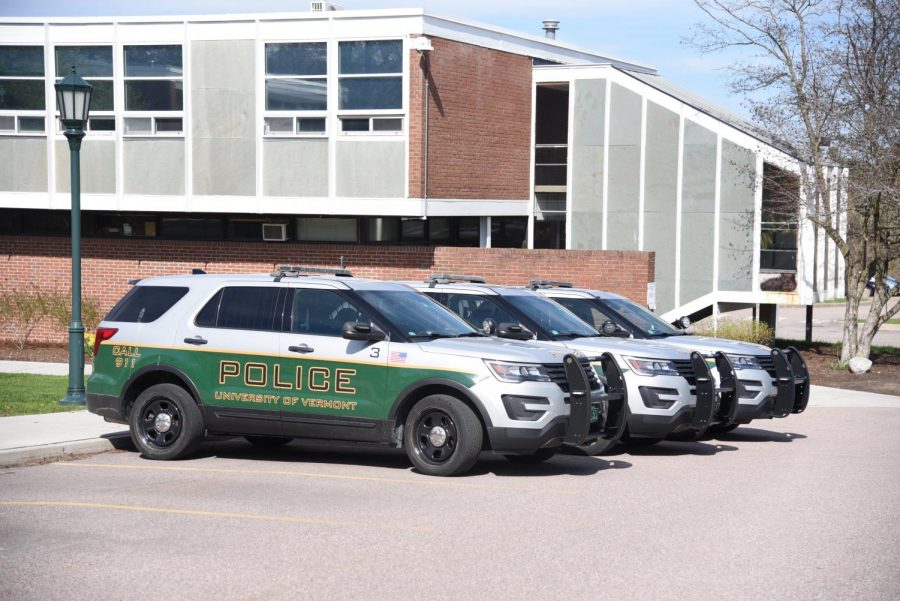Burlington is starting a new initiative to fight the growing algae blooms in Lake Champlain.
The city has teamed up with the engineering, planning and construction firm EcoSolutions in order to aid in controlling the growing blue-green algae bloom problem in Lake Champlain.
EcoSolutions has created two ways to help treat the water of the lake, CEO Dave Whitney said.
Blue-green algae blooms feed off of phosphorous runoff from fertilizers. This toxin can harm both swimmers and Lake Champlain’s ecosystem.
“The biggest issue our parks and beaches see from algae blooms is preventing citizens from enjoying the water,” Jesse Bridges, director and harbormaster of Burlington’s Parks, Recreation & Waterfront, said. “Additionally those that do not heed the warnings could end up with health impacts to themselves or their pets.”
Students have noticed the frequency of the algae blooms.
“The past two summers there has definitely been an issue with the amount of pollution,” senior Asha Faud said. “The ‘do not swim’ warnings have caused me to be less active in the lake.”
The first method of treatment is a media containing natural bacteria placed in the lake to outcompete the algae blooms for phosphorous, Whitney said.
The second part will be a physical structure that looks something like a floating garden. Any leftover phosphorous that is not recovered through the bacteria sticks to the plants. The plant roots also serve as algae filtration so that the bacteria media do not get clogged.
Afterward, phosphorous can be recovered as calcium phosphate, which is a natural fertilizer, Whitney said.
“Previous phosphorus removal approaches recovered the toxin as a metal which is then disposed of into landfills,” he said, “but our approach creates a usable natural fertilizer.”
Algae blooms not only affect the ecosystem, but taxpayers as well.
“We also see a loss of revenues from $2,000 to $3,000 per day plus residual impact,” Bridges said. “Our department is largely funded by external revenues to maintain 40 parks and beaches across the city. That has a real impact to taxpayers.”
EcoSolutions received per- mission from the city to install two forms of media. One is located at North Beach and another is at Perkins Pier.
These media have been in place since August.
“If the city sees tangible progress by the end of the fall, there will be a full implementation of media by next year,” Whitney said.








